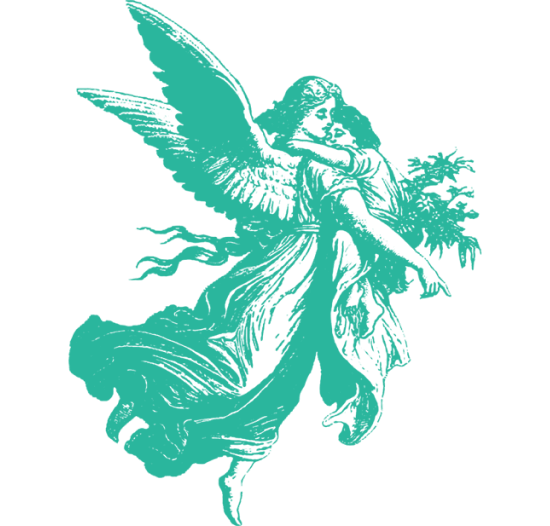
Aside from the opportunity to watch the ever-delightful Emma Stone, The Amazing Spider-Man may not be one of the great superhero reboots. But it is an interesting movie nevertheless for what seems like some thoughtful consideration of transhumanist themes.
“A world without weakness” may not be the explicit motto of any transhumanist group, as it is of the villainous Oscorp and Dr. Curt Connors. But it certainly encapsulates as well as any four-word slogan could an essential transhumanist aspiration. Nature has created us with all kinds of weaknesses and vulnerabilities, transhumanists believe, and we would be far better off without them. Dr. Connors’s effort to achieve that goal may not make much scientific sense, but making better humans by using DNA from other animals reflects another not uncommon transhuman trope: think Catman and Lizardman and morphological freedom, or Hans Moravec’s interest in melding uploaded human minds with uploaded animal minds.
So it is noteworthy that these transhumanist aspirations ultimately combine to produce the movie’s dangerous monster. It is perhaps even more interesting that behind Oscorp stands a wealthy, shadowy figure who is using its ostensibly philanthropic program to create a world without weakness as a cover for a quest for personal immortality — just the sort of detail of real-world motivation that transhumanists tend to want to gloss over.
Of course, I may seem to be ignoring that Peter Parker is himself also a transhuman of sorts, and indeed that Connors is like him in at first using his powers in an attempt to prevent harm from coming to others. But the writers give us ample grounds on which to distinguish the two cases.
Peter’s life is just plain messy, full of conflicting inclinations and obligations. From what we see of it, Connors’s home is as sterile as his lab, and the backstory suggests a man who avoids emotional entanglements. Peter remains an all-too-human teenager after his transformation, struggling to try to understand what it means to do the right thing in the face of an unsought-for transformation that, like growing up itself, presents him with unanticipated problems and opportunities.
As he grows into an intelligent reptile, Connors, on the other hand, merely becomes clearer on the implications of the ideology that had driven his deliberate quest all along. His ostensibly compassionate desire to eliminate human weakness when he himself was missing an arm becomes contempt for human weakness when his serum “works.” Eliminating human weakness thus becomes eliminating weak human beings. This same contempt is rarely far below the surface of transhumanism, whose own charitable impulse is founded on avoiding entanglements with what human beings really are.

Wait a moment… I thought eliminating weakness would only become eliminating weak human beings if the serum doesn't work.
On the other hand, most ideas don't actually pan out, so most of the time such a serum doesn't work.
> As he grows into an intelligent reptile, Connors. . .
> merely becomes clearer on the implications of the ideology
> that had driven his deliberate quest all along. His ostensibly
> compassionate desire to eliminate human weakness. . .
> becomes contempt for human weakness. . .
> Eliminating human weakness thus becomes eliminating weak human beings.
> This same contempt is rarely far below the surface of transhumanism. . .
http://www.chakoteya.net/startrek/37.htm
———————
[Briefing room]
SPOCK: This is the creator of Nomad, perhaps the most brilliant
though erratic scientist of his time. His dream was to build a
perfect thinking machine, capable of independent logic. You
recall his name. . .
KIRK: What do we have on Nomad itself, Spock?
MCCOY: (looking at the schematic on the monitor)
That's not the same.
SPOCK: Essentially it is, Doctor. I believe that more happened to
it than just damage in the meteor collision. It mentioned the Other.
The unanswered question is, the "Other" what?
Nomad was a thinking machine, the best that could be engineered. It was
a prototype.
KIRK: Its purpose was certainly altered. Its directive, to seek out
and destroy biological infestations, could not have been programmed
into it.
MCCOY: As I recall, it. . . was supposed to be the first interstellar
probe to seek **new** life-forms.
SPOCK: Precisely, Doctor. And somehow that programming has been changed.
It would seem that Nomad is now seeking out **perfect** life-forms, perfection
being measured by its own relentless logic. . .
[Corridor]
SPOCK: It was damaged in deep space. . . It wandered without purpose,
and then it met the Other. . . Somehow they merged, repaired each other,
became one.
KIRK: Then it isn't Nomad?
SPOCK: Not the Nomad we launched from Earth. It took from the Other
a new directive to replace its own. The Other was originally programmed
to secure and sterilize soil samples from other planets, probably as
a prelude to colonisation.
KIRK: A changeling. . .
So, it is to sterilize. And for sterilize, read "kill".
———————
TOS, 2nd season, 1967. "The Changeling"
;->
My thanks to jimf for bringing back youthful memories of Star Trek. I have doubtless been influenced to some extent by its curious, but I think in some way defensible, combination of utopianism and antiutopianism. Its moral realism (relatively speaking, anyway) is, I think, one of the reasons why transhumanists tend to be impatient with it.
While it is possible I missed some plot point, Joseph, here is what I had in mind. Connors's serum "works" to turn him into the stronger and more aggressive lizard, and I take it that the aerosolized version which he spreads over Manhattan would have had the same effect on others had the antidote not been provided by our heroes.